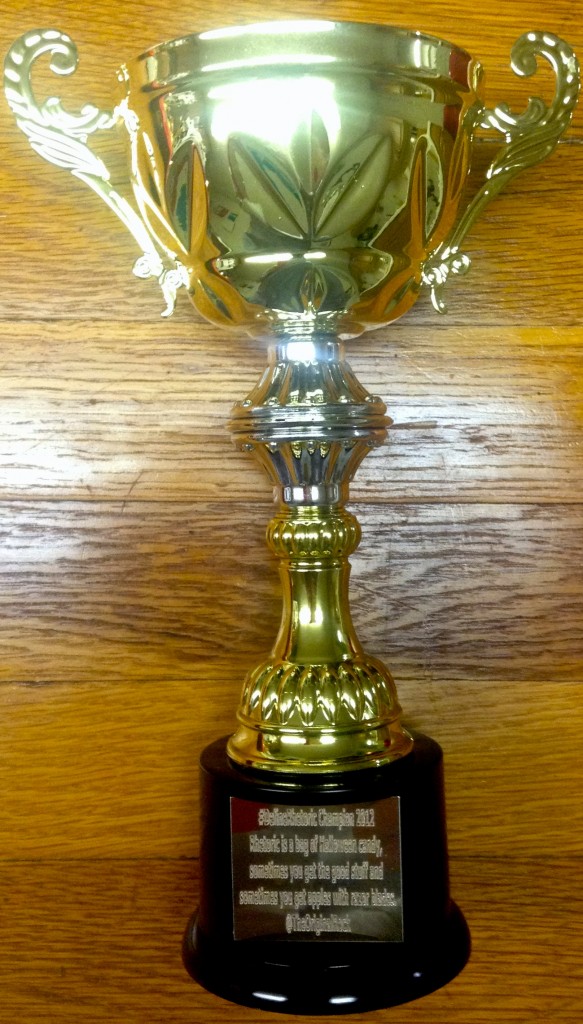
Yesterday, my Spanish teacher and I were discussing Martín Fierro (1870s), a culturally significant epic poem in Argentina because of its depiction of gauchos. (If you’re not aware, gauchos are kind of like Argentine cowboys. At the time the poem was written, they were a sort of “sub-class” because they were multi-racial, being a mixture between the colonizing Europeans and the indigenous people. Traditionally, they weren’t land owners themselves, but worked with the cows and horses for other ranchers throughout the Pampas region of Argentina). Essentially, Martín is a gaucho who is drafted into the Argentine civil war, but doesn’t want to be a part of it. So, he runs away and escapes into the southern part of Argentina (Patagonia, really) until he is able to reunite with his children.
So, when Martín runs off to Patagonia, the book describes this by saying that he goes to “el desierto.” In some cases, based off of context, this could refer to a desert as we think of it in English–a place with sand, heat, and not a lot of water. However, in this context, it refers more to wilderness–a place which is “deserted.” (And, in fact, Patagonia is known for being extremely cold.) But herein lies the question: deserted by who? The poem itself describes how Martín and another gaucho, Cruz, spend their time with the indigenous people there. Obviously, this means that it was not truly deserted, only deserted by the European colonizers.
So, this prompted my teacher to pull out a hundred-peso bill. On one side is a picture of Julio Argentino Roca, an army general and president of Argentina in the late 1800s. On the other was “La Conquista Del Desierto,” the conquest of the desert (or wild as the case may be).
The image itself depicts Roca and his men expanding and “uniting” Argentina, which pretty much meant killing or displacing the indigenous people living there and allowing more ancestral-Europeans to settle.
Why am I telling you all of this? Because my teacher made this point: these bills are being phased out. In 2012, the Argentine government started to make new bills depicting Eva Peron instead of Roca:
I (and my Spanish teacher) find this to be a fascinating indication of cultural priorities and the change thereof. Personally speaking, I was always aware of how commercials, newspapers, political campaigns, etc. were parts of a society that spoke to its greater cultural needs and how those cultural elements connected to the rhetoric performed in addressing those needs. But, the money. The thing that I carry in my pocket every single day. That had not occurred to me. The money itself–what we choose to put on it to represent our national identities–is symbolic for what we want to say about ourselves. And the changes to that imagery is important too. In Argentina (as in many other places), people are no longer persuaded by “the conquering forces.” Not only that, but choosing Evita is important. This is the first woman to be on an Argentine bill in over 200 years. Is that an indication of cultural priority? Are Argentines becoming more open to women in positions in power or is it Evita’s connection to social programs which speaks to the nation (even though Peronismo is a highly contentious subject here)? And when, for heaven’s sake, will there be a woman on a U.S. bill and not just being relegated to an unused coin? (Susan B. Anthony / Sacagawea, anyone?)










